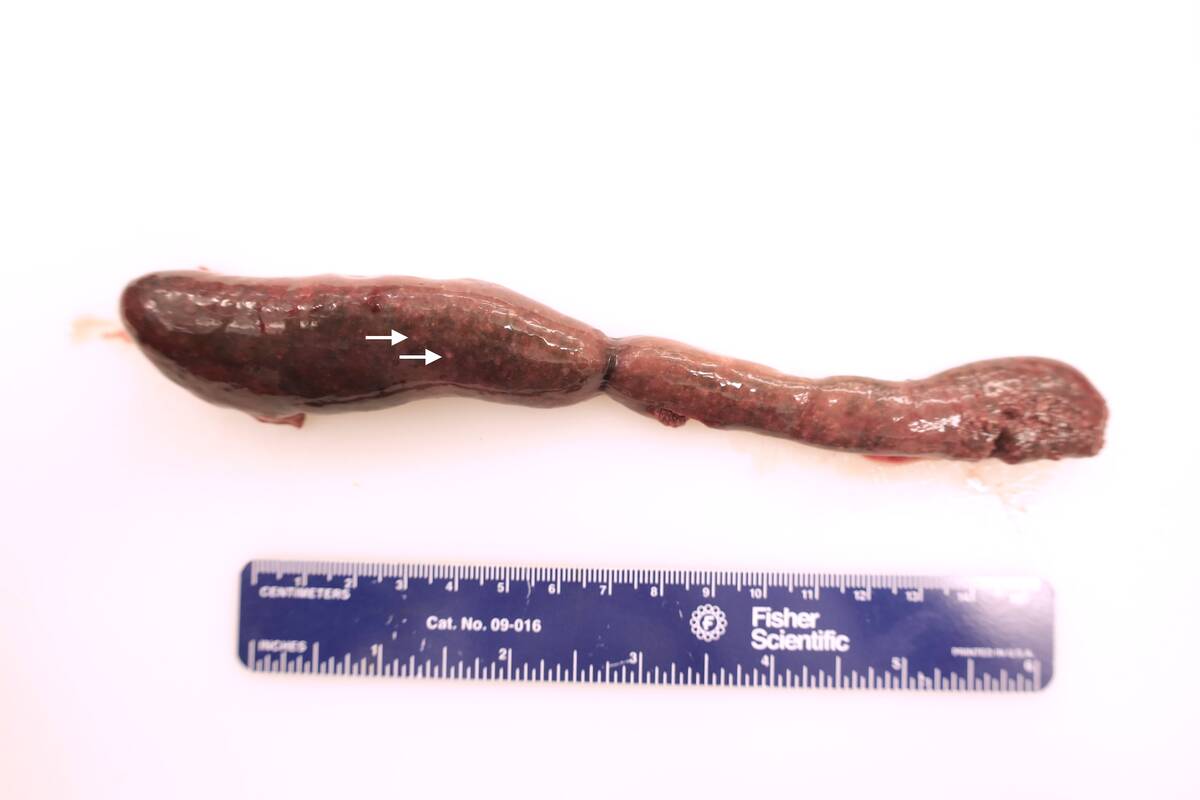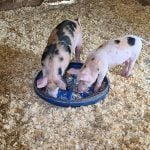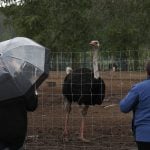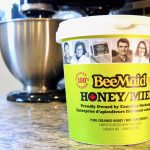SAN ANTONIO, Texas — The U.S. cattle herd may have started to turn a corner after years of pessimism brought on by bad weather and disappointing returns.
Long awaited expansion is taking its first tentative steps in regions of the country that experienced the most serious losses over the last 10 years, say market analysts.
The U.S. beef cow herd declined by more than three million head from 2004-10, Kevin Good of Cattlefax said during a market forum at the National Cattlemen’s Beef Association annual convention in San Antonio, Texas, Feb. 3-7.
Read Also

Tularemia continues to pose health risk on the Prairies
The pathogen that causes tularemia can survive for months in the environment, including wetlands, and is spread through direct contact or inhalation from these sources.
“During that time frame, over half the decline was in the state of Texas alone,” he said.
Unprecedented drought that devastated ranchers and farmers from Texas to California forced the sale of large numbers of livestock because there was no feed or water.
“If we are going to see this cow herd expand over the next few years, it is going to have to be led by Texas,” Good said.
Record high prices and better moisture have encouraged producers to keep cows and heifers for breeding.
Economist Darrell Peel of Oklahoma State University has tracked cattle cycles back to 1870. Each cycle lasts 12 to 14 years and consistently shows periods of expansion and profitability and then declining prices and contraction.
Each cycle is a bit different. This time there were periods of profitability but no growth. Producers must now decide how much inventory rebuilding is needed.
“When you look at cattle cycle history, it takes a little while to turn the battleship around,” he said.
The 1990-2004 cycle had a peak inventory of 35 million cows, and a lengthy liquidation for all classes of cattle followed.
The most recent cycle ran from 2004-14.
There were attempts at rebuilding, but ethanol development gobbled up all available corn and drove up prices, starting in 2007. Livestock sectors could barely compete for the high priced grain.
The 2008-09 recession weakened beef demand, and severe drought settled over most of the country.
“Much of what has happened in this industry over the last seven or eight years were things we had to do, not things we wanted to do,” he said.
“We were smaller than we ever intended to be as an industry.”
As well, many producers managed to hold onto heifers during the culling period, which has resulted in a youthful cow herd.
“There is no definitive data on this, but we may have the youngest and most productive beef cow herd we have had ever,” he said.
Replacement heifer numbers on Jan.1 were quite high, but not all will remain in the herd because they may fail to breed or are unacceptable for other reasons.
Peel said the national herd needs to expand to 32 million cows to fulfill demand at home and in export markets.
Producer demographics are also affecting expansion.
Two-thirds of the industry is controlled by producers who are close to or at retirement age.
Thirty-four percent are older than 65, 30 percent are 55 to 64 and 21 percent are 45 to 54.
The clock is ticking, and families must decide now how to transfer to the next generation. People will come back to the farm if the market offers enough rewards, but complicated family, business and financial issues are involved in this transition.
The new generation will find it harder to find financing and face a different model than did their parents. The next generation may also prefer growing crops to raising cattle.
The cow herd has decreased significantly in the Midwest and Appalachian regions since 2007. Crop production has replaced cows, and pastureland was plowed under for corn and soybeans.
Some pastures may come back, but it will be a slow process.
“There is a lot of investment in converting that land into crop production, and those areas will be slow to respond,” Peel said.
“Regrowth will happen at different speeds across the country.”
The most recent U.S. Department of Agriculture inventory report found 29.7 million beef cows in the country, which is up one percent from a year ago.
Cows have increased by two percent, heifers are up four percent and dairy is up one percent.
However, much of the expansion is regional. Texas has the largest beef and dairy herds, with its herd expanding by seven percent, while Oklahoma increased six percent and Kansas increased by five percent.
Heifer numbers on the southern Plains were up 12.2 percent.
The Great Lakes area saw the second largest expansion followed by Florida.















